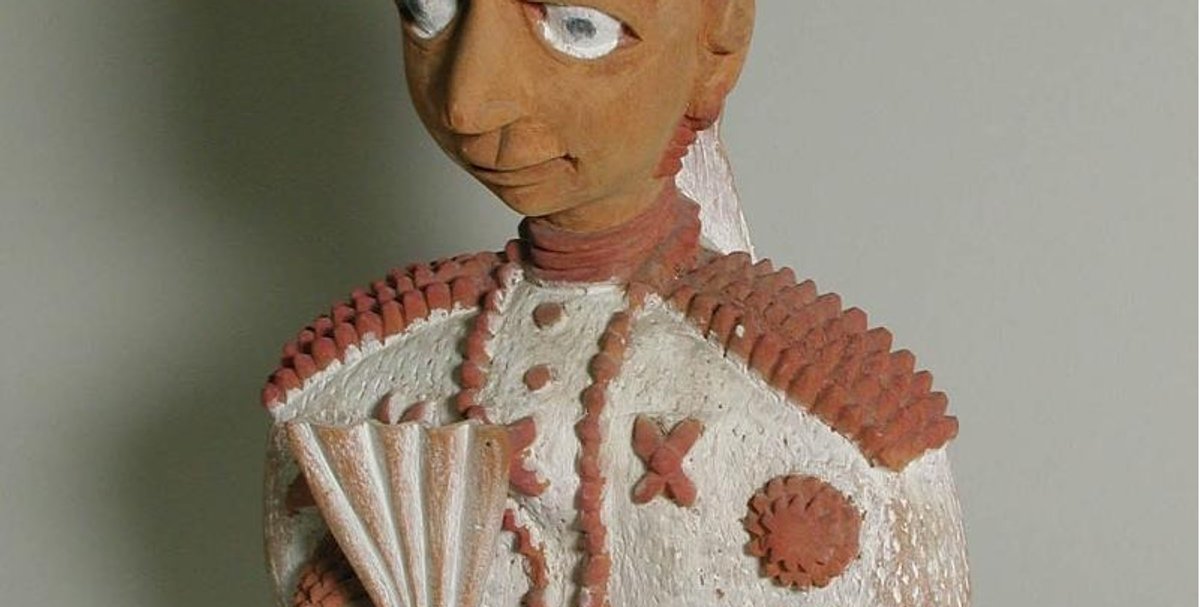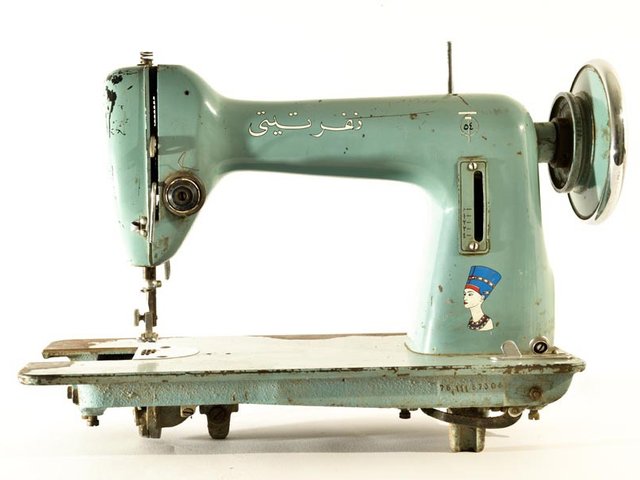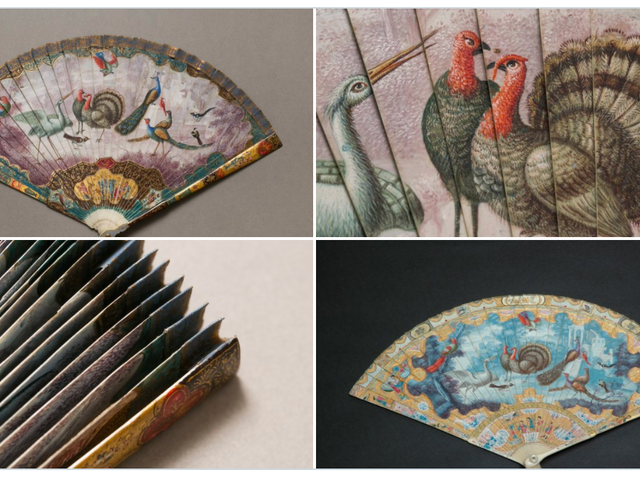London’s National Portrait Gallery (NPG) is to expand its collection to include significantly more works created before around 1500, with a view to displaying its pre-Tudor objects for the first time. The gallery is also seeking to enhance its holdings of works made outside of the UK, which, until now, have been restricted to portraits of sitters who have had a significant impact on British life and culture.
“Looking at pre-Tudor material is a real departure for the gallery,” says Louise Stewart, the museum’s cross collections curator. The NPG has traditionally focused on painted portraits, which were introduced in the UK around 1500. “We want to explore how identity was expressed before painted portraiture. Before Tudor times, people were not interested in a physical likeness of an individual,” Stewart says.
The move is part of a project supported by the Art Fund's New Collecting Awards programme, which means the gallery has £40,000 to “develop a collection of popular, global and ephemeral portraits with a particular focus on pre-1600 material”.
As well as pre-Tudor works, Stewart will also look to acquire objects made in a wide variety of materials, some of them produced abroad. They include coins, banknotes, wood carvings, ceramics and seals. One goal of the project is to “significantly increase the NPG’s holdings in ceramics”, Stewart says.
Ephemeral works such as film posters and pub signs “that were never intended to last, but are all around us” will also form part of the project.
The impact of other cultures on British identity will also guide Stewart’s collecting over the next three years. She highlights Yoruba sculptures of Queen Victoria based on photos distributed at her Golden Jubilee and Medieval pilgrim badges bought in Europe and stitched to clothing as examples of possible acquisitions.
“Thinking about the global impact of British portrait practice is a whole new way of thinking about portraiture for us,” Stewart says.




